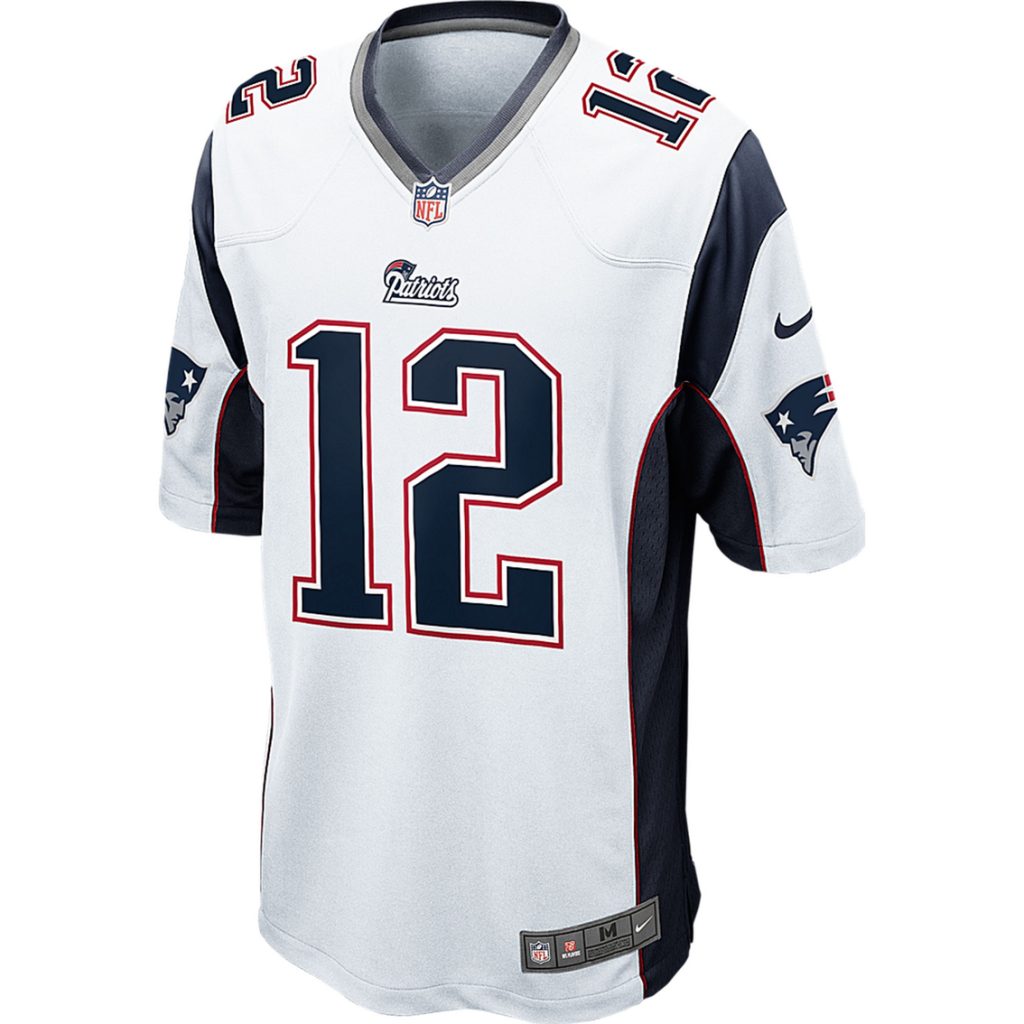The history and evolution of the official NFL jerseys is a fascinating subject. It’s often mentioned in articles about current trends, but many people don’t realize just how much has changed over the years.
Let me tell you. A lot has changed since the days when players wore white uniforms with numbers on their backs and stripes down the side of their pants. There was also an era where players had to wear socks. This was especially true if they were playing outdoors or against teams that were primarily black. You see, the game of football was actually invented by college students in 1872 at McGill University in Montreal, Quebec, Canada. At first, the sport was played in sandlots using whatever equipment was available (hence the lack of uniformity).
Things started moving along very quickly once professional teams began popping up around the country. In fact, the first professional team was called the Cincinnati Athletic Club, which was formed in 1870 and became known as the Red Stockings. Players who made up this team are considered among the earliest pioneers of organized football.
During this time period, there were few rules governing what players could or couldn’t do. These early games saw a great deal of violence and roughness, so rules were put into place that limited contact between offensive and defensive players and forbade tackling below the waistline. These rules were instituted because there was so little concern for player safety back then.
By 1898, the National Football League was founded, and it wasn’t long before NFL players started wearing different colored jerseys – red, green, black, and gold. By 1920, the league had been renamed the American Professional Football Association, and it was during this time period that the modern-day NFL jersey was born.

If you look closely at any old photo of a gridiron game from the 1920s, you might notice that most players wore no shoulder pads, helmets, or other protective gear. It was also common practice to have the entire field painted blue. And while some players did wear knee pads to protect their knees, these weren’t mandatory until the 1940s.
In 1939, the NFL outlawed the use of the forward pass, and the following year, the league adopted the “flea flicker” play. But it wasn’t until 1958 that the NFL introduced its own numbering system for uniforms, and it would take another decade before the league mandated the use of face masks.
If you want to buy wholesale cheap football jerseys then you can get it easily from wholesalers. But one thing which you have to keep in mind is that they will give you items in bulk. So you have to make a budget according to it. As you can’t buy one or two pieces from them their whole work is in bulk material keep it in mind.
Changes in NFL Jerseys Over Time
Today, we can easily trace the evolution of the NFL jersey through photos and video footage from past decades. Here are some of the notable changes that have taken place over the years. Just remember that all of these uniform changes happened gradually over time, so it’s important to keep them in perspective.
1940s: The NFL introduced padded shoulders and helmets for protection. Players now had to wear knee pads.
1950s: The NFL added numbers to the front of jerseys to help distinguish each player. Players wore shoulder pads, and the color of home jerseys was changed to royal blue.
1960s: The NFL mandated that all players wear facemasks, and the number of games per season increased to 16. Numbers on jerseys went away, and players wore white uniforms with red stripes down the side of their pants. Home jerseys were changed to white with orange trim.
1970s: The NFL banned the forward pass, requiring the ball to be placed behind the line of scrimmage instead. Numbers went away on jerseys, and the NFL adopted the current numbering system.
1980s: The NFL mandated helmets would be worn starting in 1982, and the size of the jerseys increased to 44 inches.
1990s: The NFL introduced new rules regarding illegal hits. The number of games per season decreased to 14; the length of the regular season decreased from 12 weeks to 10 weeks.
2000s: The NFL mandated that players must wear full sleeves on their jerseys beginning with the 2001 season. The size of the jerseys decreased to 41 inches, and the color of the jersey went from white to midnight blue.
2010s: The NFL moved the goal posts back from the end zone line to the sideline. The size of the jerseys decreased to 40 inches, and the number of games per season increased to 17.
NFL jerseys haven’t looked exactly like they do today since the mid-50s. In fact, some players even wore striped undershirts beneath their jerseys.
History Of NFL Jerseys
As we can see, it’s not easy to pinpoint the exact date when the NFL jersey really took off. We know that the first NFL team was named the Decatur Staleys, but other than that, no one knows when the first authentic NFL jerseys hit the market.
It’s safe to say that the first authentic NFL jerseys didn’t arrive until the 1930s, though. At least that’s when we begin to see evidence of the changeover from white jerseys with numbers to red, white, and blue jerseys.

There’s also a debate over whether or not the original NFL jerseys came from Nike. Some claim that Adidas got the jump on Nike by producing the first ever NFL jerseys in the late 1990s, others think Nike had already secured a deal to supply the NFL with jerseys by that point. I don’t think anyone will ever be 100 percent sure of the answer, but it does seem pretty clear that the NFL was quick to embrace the opportunity when it arrived.
How To Spot An Authentic NFL Jersey
To be honest, it’s tough to spot an authentic NFL jersey nowadays. It’s almost impossible to find a jersey that looks completely identical to those used in the 1950s and 1960s. But here’s one way to help you out.
Check out the collar. If the collar is wider than normal, it’s probably fake. Also, check out the neck tape. The real NFL jerseys are always sewn together with a double-layer strip of material.
You can also check out the number font on the back of the jersey. If the fonts are too small or inconsistent, it’s definitely not an authentic jersey. The NFL jerseys that are currently being produced are all printed on high-quality materials, and the logos are crisp and sharp. The only way you’ll be able to spot an authentic NFL jersey is if you happen upon a vintage one in a flea market or antique store.











